The Heritage Beer Brewed With Some Help From Spiders
When fruit flies love your beer, you don’t mind a few webs in the brewery.
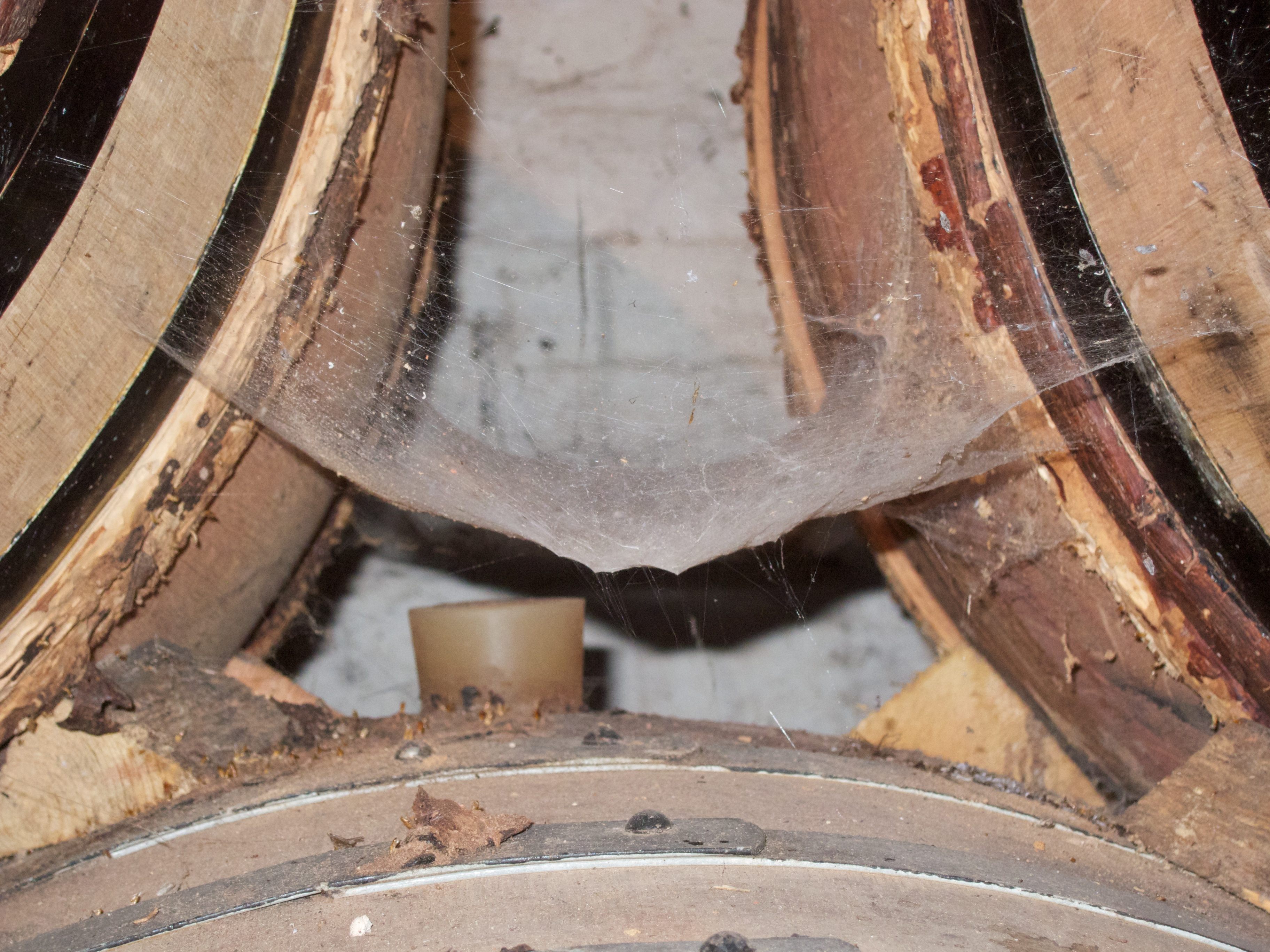
If you visit a traditional lambic brewery in Belgium, you’ll see spiders spinning webs among the casks. They are not a nuisance, and brewers don’t swat them away. The spiders are there by design to protect the fruity beer from fruit flies. The webs do, however, create a fitting environment for lambic, which can seem a little like magic. Using the oldest of all modern brewing styles, brewers summon wild yeast, resulting in funky, sour beers.
Whether the goal is golden geuze or a raspberry-flavored framboise, brewing traditional lambic is very different from brewing typical beer. Brewers mix a batch of “wort” from boiled barley and unmalted wheat, and after repeated heatings and the addition of aged hops, they expose the wort to the open air. The wort is then colonized by yeast and other bacteria from the air, a process called “spontaneous fermentation.”
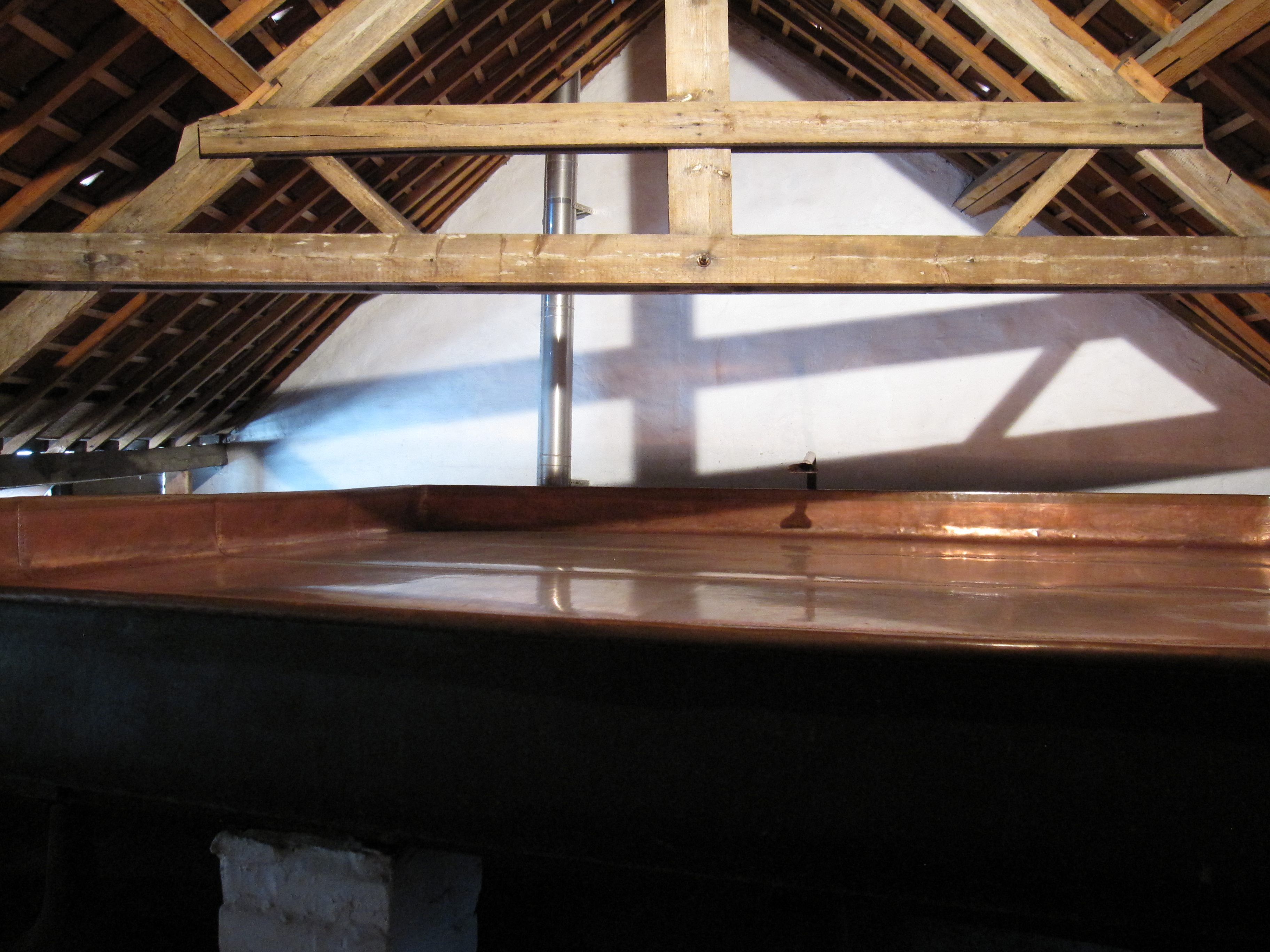
According to Dave Janssen, an editor of lambic.info who also runs the brewing blog Hors Catégorie, spontaneous fermentation is an ancient concept. These days, most commercial breweries are as sterile as possible to combat rogue yeast strains and bacteria. Surrounded by glistening fermentation tanks, brewers add a carefully chosen yeast, then seal the tanks to prevent contamination. In traditional lambic breweries, though, barrels can bubble over and wooden beams go unpainted. Lambic’s complex, puckery flavor depends on wild strains of yeast from the surrounding environment. Which is why brewers leave the brew exposed to wood and air.
Brewer’s yeast, as manufacturers know and a recent Belgian study confirmed, smells like heaven to your average fruit fly. Spiderwebs trailing from cask to cask are tolerated, says Werner Van Obberghen, managing director of the Drie Fonteinen brewery in Beersel, Belgium, because spiders go after the flies.
Unlike mouse-chasing cats, spiders can’t be trained to hunt down every last fly. Instead, their webs are a symbol of a fermentation process that wouldn’t work if nature were kept outdoors.
Health regulators haven’t always appreciated the wild nature of lambic breweries. In the mid-2000s, the Belgian state food agency compelled one brewery, Boon, to paint its walls with food-grade paint. The brewers complied, and then re-introduced wild yeast by spraying the walls with beer.
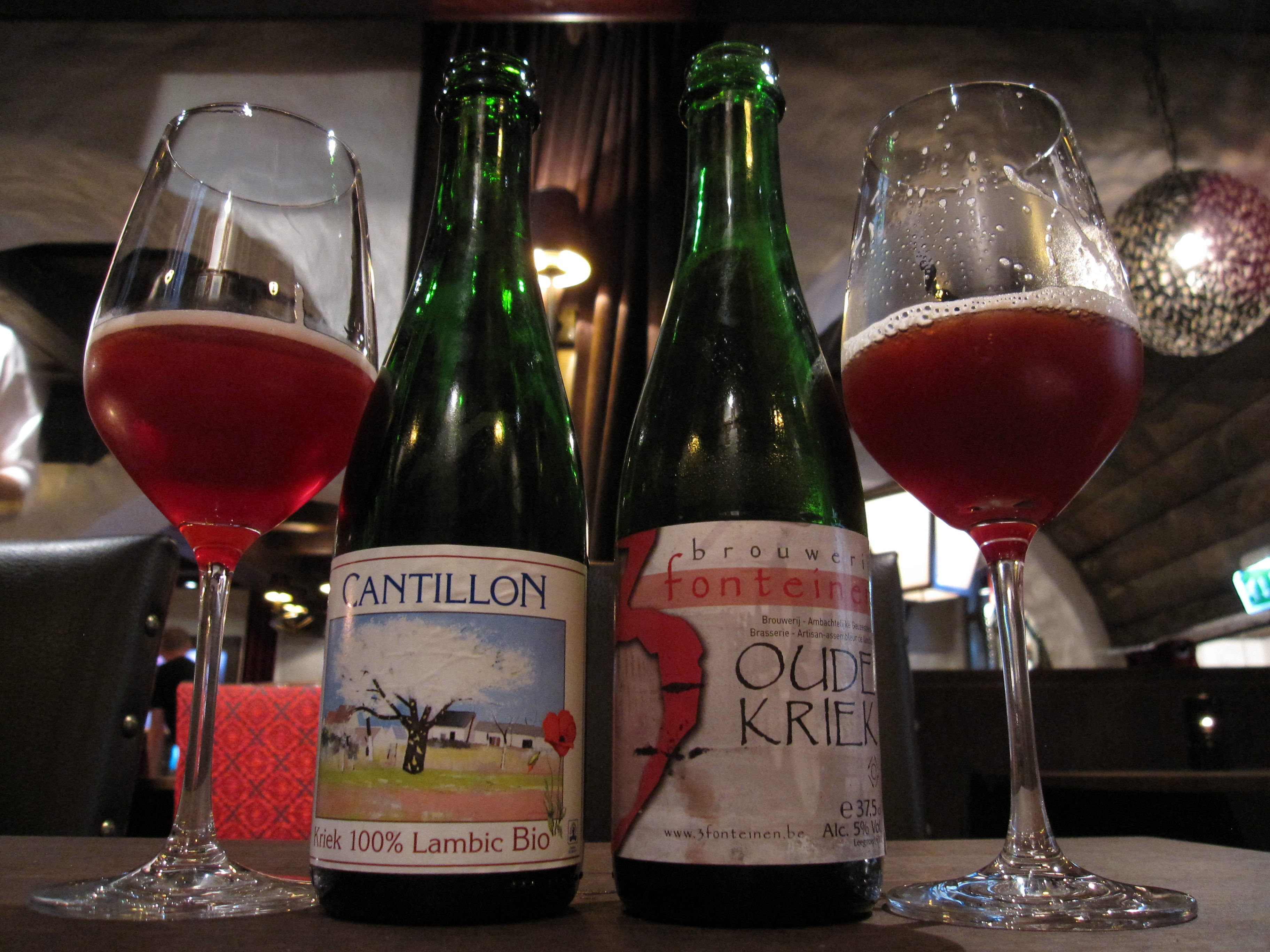
“Luckily, politicians … soon understood that with spontaneous fermentation, some artisanal and craft produce needs a natural environment rather than a sterile one,” writes Van Obberghen. Comparisons to ripening cheese seemed to help make the case.
But there may be an even bigger threat to traditional lambic on the horizon. Lambic is only brewed in colder months, since warm temperatures encourage less-than-savory microbes to infect the wort. Janssen says climate change may mean fewer days cold enough to brew, and Van Obberghen agrees. In response, he plans to open another brewery to produce more lambic during increasingly rare cold days.
Lambic is popular—Janssen says that aficionados believe true lambic comes from only a handful of breweries in the Brussels area, and one brewery-museum, Cantillon, receives 50,000 visitors a year. For the sake of the beer they love, lambic fans, brewers, and spiders alike should hope this winter is a cold one.
Gastro Obscura covers the world’s most wondrous food and drink.
Sign up for our regular newsletter.







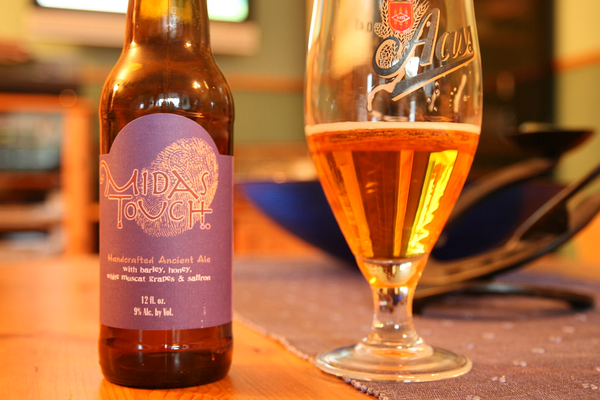











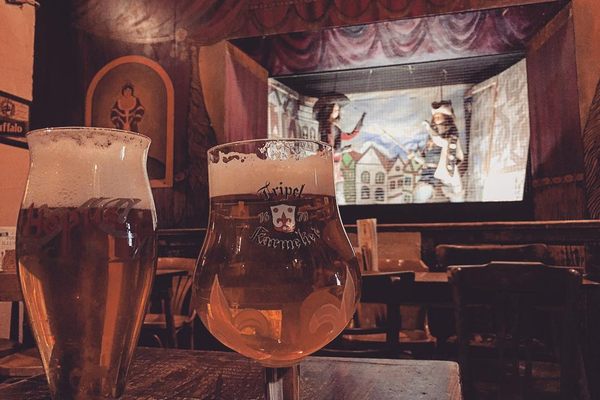






Follow us on Twitter to get the latest on the world's hidden wonders.
Like us on Facebook to get the latest on the world's hidden wonders.
Follow us on Twitter Like us on Facebook